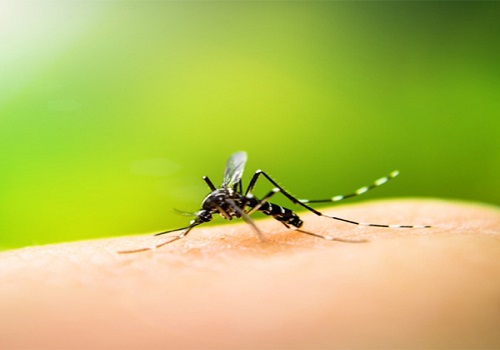IIT researchers harness plant cells to produce anti-cancer drug

Follow us Now on Telegram ! Get daily 10 - 12 important updates on Business, Finance and Investment. Join our Telegram Channel
Researchers at the Indian Institute of Technology (IIT) Madras and Mandi have metabolically engineered the plant cells of Nothapodytes nimmoniana to increase the production of Camptothecin, which is used to treat cancer.
Using computational tools, researchers at IIT Madras' Plant Cell Technology Lab developed a genome-scale metabolic model for N. nimmoniana plant cells.
The team experimentally validated the overexpression of an enzyme predicted by the model, leading to the development of a 5-fold high camptothecin-yielding cell line of N. nimmoniana in comparison to the untransformed plant cell line.
This can be a major boost to produce cancer-treating drugs as Camptothecin -- the third most in-demand alkaloid -- is commercially extracted in India from Nothapodytes nimmoniana, which is an endangered plant, they said in the paper published in the peer-reviewed Journal Frontiers of Plant Science.
“Integration of metabolic engineering with bioprocess engineering principles can ensure enhanced and sustainable production of Camptothecin, to continuously meet its increasing market demand in minimum time and cost in addition to natural resource conservation,” Said Prof. Smita Srivastava, from the Department of Biotechnology, IIT Madras.
Cancer has been a leading cause of death worldwide, accounting to nearly 10 million deaths in 2020 according to the World Health Organization (WHO). In India, the number of cases is expected to rise to 15.7 lakh by 2025 according to the Indian Council of Medical Research-National Cancer Registry Programme.
With increasing cancer incidences each day, the demand for enhanced production of anti-cancer drugs has been a compelling need of the hour.
Due to extensive overharvesting to meet the market demand its major plant sources are now red-listed as per IUCN. The N. nimmoniana population has seen more than a 20 per cent decline in the last decade alone.
Camptothecin (CPT) is an important anti-cancer drug lead molecule for high-value drugs like Topotecan and Irinotecan. It is a potent topoisomerase I inhibitor extracted mainly from - Camptotheca acuminata (native to Eastern Asia) and Nothapodytes nimmoniana (native to India).
However, the conjunction of climate change and extensive deforestation undertaken for CPT extraction has pushed these plants into the endangered species category.
“The new platform technology for model-based rational metabolic engineering of plant cells can be adapted to enhance the production of many other high-value phytochemicals as well. This study can pave the way for effective and efficient commercial production of camptothecin and other medicinally important monoterpene indole alkaloids, with reduced dependence on nature,” said co-investigator Prof. Karthik Raman, from IIT Madras.






















